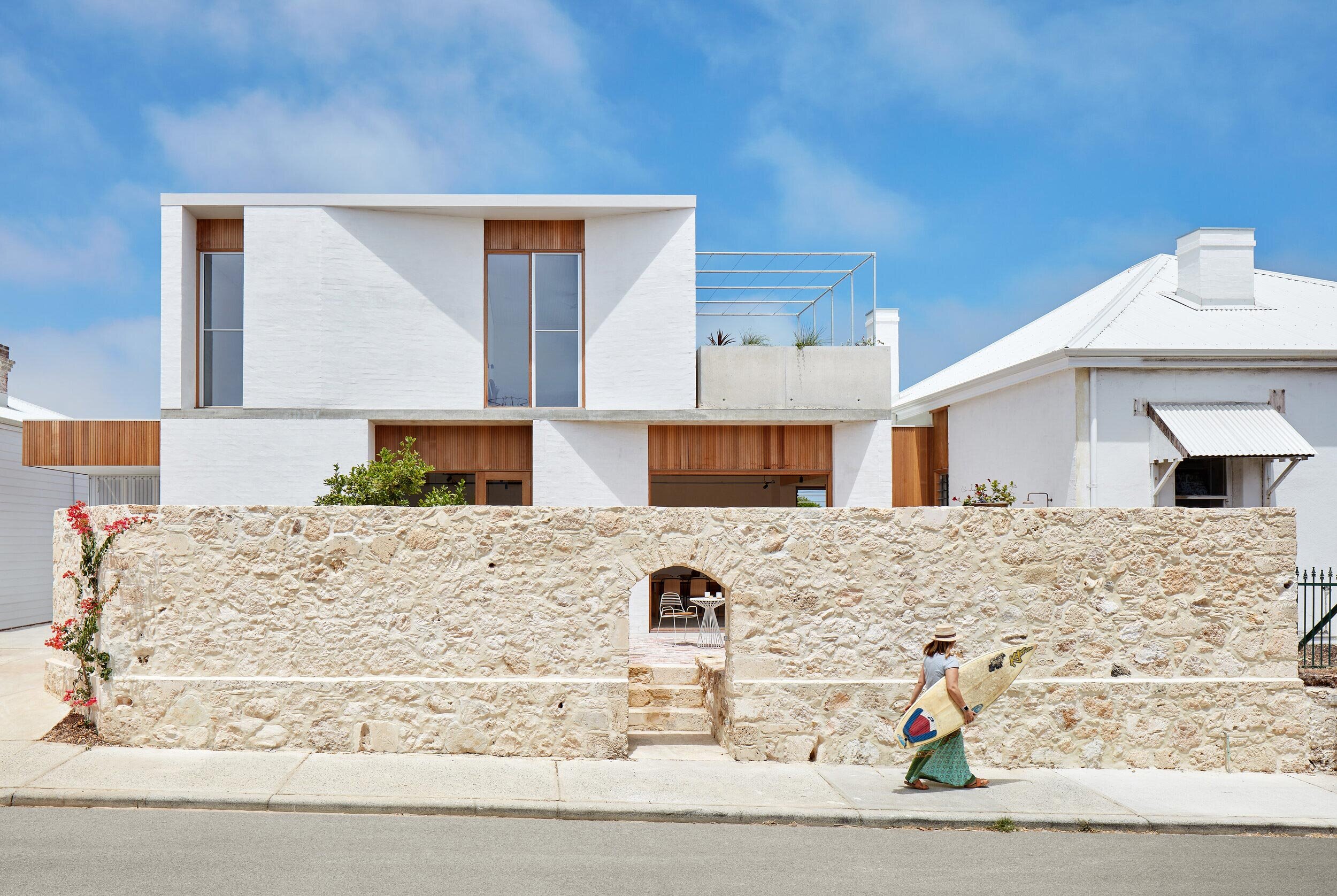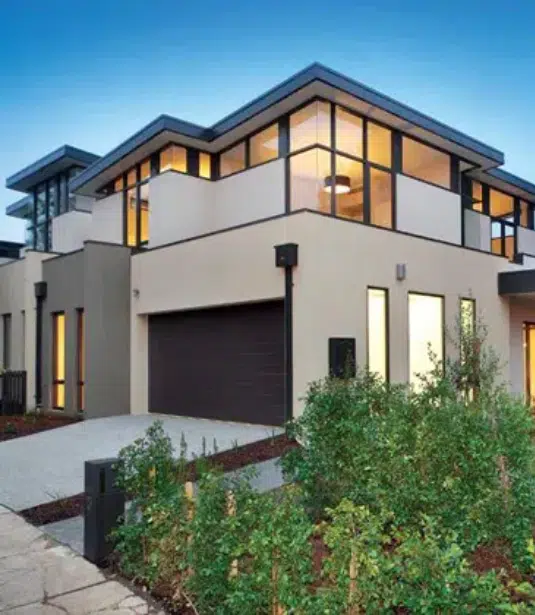How Residential Architects Produce Customized Residences for Every Way Of Living
The procedure by which residential designers style tailored homes is a nuanced interaction of understanding customer requirements and converting those understandings into functional living areas. With thorough assessments and the use of style tools, engineers capture the essence of their clients' way of livings, ensuring that each home reflects individual worths and ambitions.
Recognizing Customer Demands

Effective interaction is paramount in this procedure. Architects must urge clients to express their lifestyles, household dynamics, and future goals, ensuring that the style mirrors their distinct identification. By using tools such as surveys, meetings, and visual studies, engineers can gather useful understandings right into the client's vision.
Furthermore, comprehending the context in which a home will certainly exist is essential. Designers need to consider elements such as the website features, local climate, and cultural impacts that can influence the layout. This holistic method enables the production of rooms that are not just aesthetically pleasing but lasting and additionally sensible.
Inevitably, a deep understanding of client needs enables architects to create customized homes that enhance the lifestyle for their residents, promoting a feeling of belonging and convenience within their living atmospheres.
Style Process and Partnership
The style process in domestic design is a dynamic interplay of creativity and collaboration, where engineers, customers, and numerous stakeholders work closely to bring a vision to life. This repetitive trip commonly starts with a collection of meetings to establish a comprehensive understanding of the client's desires, choices, and way of life demands. During these conversations, engineers collect vital information, enabling them to conceive styles that align with the customer's vision.
Adhering to the preliminary assessments, the design stage develops through illustrations, 3D designs, and architectural makings. This visual communication acts as a tool for architects to existing ideas, while additionally welcoming client responses, making sure that the final layout resonates with their expectations. Efficient collaboration with designers, service providers, and interior designers is critical during this phase, as it makes sure that all functional facets of the project are flawlessly integrated.

Incorporating Way Of Life Components
Incorporating way of life elements into household design is important for creating rooms that truly reverberate with the residents. residential architecture homes. This procedure begins with recognizing the distinct demands, choices, and day-to-day regimens of the home owners. Designers engage in comprehensive conversations to discover how the specific index or family members uses their space, this website whether for enjoyable guests, seeking pastimes, or seeking silent resort
Once these understandings are gathered, engineers can tailor design functions that enhance day-to-day experiences. Open flooring plans may be designed for households that prioritize togetherness, while devoted workspaces can be incorporated for those that work from home. Exterior areas, such as yards or patio areas, can be highlighted for family members that delight in exterior activities or enjoyable.
Moreover, versatility is a key factor to consider; multi-functional spaces permit adaptability as way of lives advance gradually. Customized storage space remedies can also be integrated to fulfill specific organization demands, guaranteeing that the home continues to be clutter-free and practical. Eventually, by attentively weaving lifestyle elements into the building fabric, property engineers create customized homes that not only meet visual desires but likewise dramatically enhance the quality of life for their clients.
Lasting and Smart Layout
Sustainable and smart style significantly plays a pivotal role in domestic design, as home owners look for to minimize their environmental impact while improving their living experiences. Architects are currently incorporating environment-friendly products, energy-efficient systems, and cutting-edge modern technologies to produce homes that not just satisfy visual needs however also serve the earth.
Including renewable resource sources, such as solar panels and wind turbines, permits homeowners to harness natural deposits, substantially minimizing reliance on conventional power grids. Smart home technologies further boost sustainability by enhancing energy usage via automated systems that control cooling, heating, and lights based on tenancy and preferences.
In addition, the usage of sustainable structure materials-- like reclaimed timber, bamboo, and recycled steel-- advertises a circular economy, lowering waste and source consumption. Engineers also stress passive layout principles, making certain homes are oriented for optimum natural light and air flow, thereby lessening the need for fabricated heating & cooling.
Along with eco-friendly Visit This Link benefits, lasting and smart layout adds to the overall convenience and wellness of locals. By prioritizing indoor air top quality and natural elements, designers create areas that cultivate well-being, enabling homeowners to prosper attuned to their setting.
Settling and Implementing Plans
Wrapping up and carrying out plans is a vital stage in the domestic style procedure, where the vision of a customized home begins to appear. This phase includes thorough interest to information, ensuring that every aspect of the layout is precisely verbalized and all set for construction. residential architecture homes. Designers team up closely with clients to evaluate final plans, attending to any type of final changes or problems, while making certain that all components straighten with the homeowner's lifestyle demands
As soon as strategies are wrapped up, engineers prepare thorough building and construction records, consisting of thorough illustrations and specs that work as a blueprint for contractors. These files detail materials, coatings, and installment approaches, supplying clearness for professionals and subcontractors. Additionally, safeguarding essential licenses and adhering to local building ordinance is necessary, as it makes sure compliance and smooth task implementation.
Efficient communication is essential throughout this stage. Regular updates and conversations with home builders assist to mitigate possible problems before they emerge. By promoting a collaborative setting, designers can guarantee that the execution lines up with the initial vision. Eventually, this essential stage changes concepts right into truth, laying the structure for a home that shows the distinct way of living and choices of its inhabitants.
Final Thought
In conclusion, domestic designers play an essential function in crafting tailored homes that cater to diverse lifestyles. Through precise understanding of customer needs, joint design processes, and the combination of way of life components, architects make certain that each home reflects specific choices.
The process by which residential architects layout tailored homes is a nuanced interaction of comprehending client demands and translating those insights right into practical living areas. Through comprehensive assessments and the use of layout devices, designers capture the significance of their customers' way of lives, making sure that each home shows personal worths and ambitions. Architects should urge customers to verbalize their lifestyles, family characteristics, and future ambitions, making sure that the style shows their distinct identity.The layout procedure in domestic design is a dynamic interplay of creativity and collaboration, where engineers, customers, and different stakeholders work closely to bring a vision to life - residential architecture homes. Via meticulous understanding of client needs, collaborative style processes, and the integration of way of living elements, engineers make certain that each home mirrors private preferences